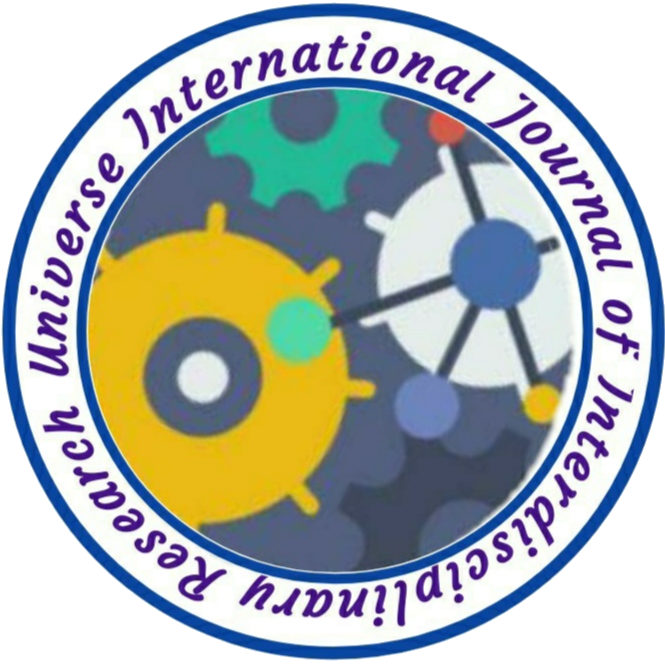AN OVERVIEW OF THE ORIGINS, CURRENT SITUATION, AND METHODS OF MANAGING HOSPITAL-ACQUIRED INFECTIONS
Author Name: 1. Ravindra Kumar Bajroliya, 2. Geeta Kumari
Volume/Issue: 04/08
Country: India
DOI NO.: 08.2020-25662434 DOI Link: https://doi-ds.org/doilink/03.2024-47511779/UIJIR
Affiliation:
- Associate Professor, Institute of Medical Technology & Nursing Education, Jaipur, Rajasthan, India. ravichoudhary020@gmail.com
- Assistant Professor, Symbiosis Nursing College, Jaipur, Rajasthan, India. Jaipur.geetchoudhary020@gmail.com
ABSTRACT
Nosocomial infections, often called hospital-acquired infections, refer to new infections that patients acquire while staying in a healthcare facility. These infections are not present or developing at the time of admission but are contracted within the hospital environment during the patient's stay. The transmission of nosocomial infections commonly happens through several pathways, including contact with healthcare personnel, contaminated surfaces or equipment, interactions between patients, or due to invasive medical procedures. These infections can affect various parts of the body, with frequent sites being the bloodstream, respiratory system (such as the lungs), urinary tract, and surgical wounds. Patients undergoing medical treatments or surgeries are particularly vulnerable to these infections due to weakened immune systems or breaks in the skin's natural barriers resulting from surgical incisions or invasive procedures. While numerous types of bacteria can cause nosocomial infections, a major concern is the emergence of multidrug-resistant pathogens (MDR). These bacteria have developed resistance to multiple antimicrobial drugs, making them challenging to treat using standard antibiotics. The rise of MDR organisms in hospitals poses a significant threat to patient health. Treating infections caused by these bacteria becomes more difficult, leading to prolonged illnesses, increased healthcare expenses, and, in severe cases, higher mortality rates. Preventing nosocomial infections involves strict infection control measures within healthcare settings. This includes implementing rigorous hygiene protocols, proper handwashing practices, sterilizing medical equipment, following aseptic techniques during invasive procedures, and using antibiotics judiciously to minimize the development of antimicrobial resistance. A nosocomial infection, also termed a "hospital-acquired infection," encompasses infections that develop in a patient within a hospital or healthcare facility, which were not initially present or developing at the time of admission. This definition covers infections acquired during the hospital stay, even if they manifest after the patient has been discharged, and also includes infections contracted by the facility's staff during their work. Moreover, continuous surveillance, monitoring, and ongoing research into effective infection prevention strategies are essential to curb the spread of nosocomial infections and combat the growing threat of multidrug-resistant pathogens in healthcare facilities.
Key words: Hospital-Acquired Infection, Infection, Control, Challenges.

No comment